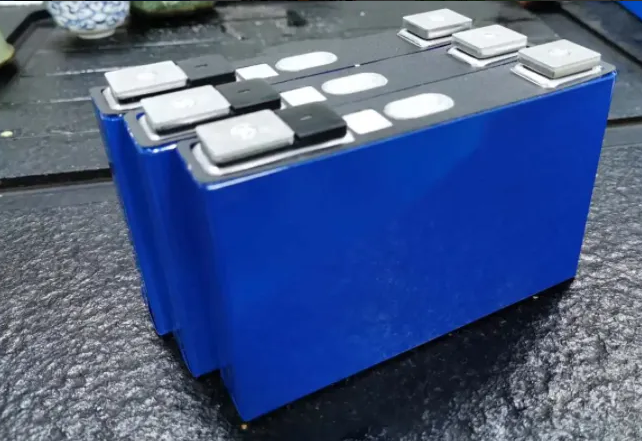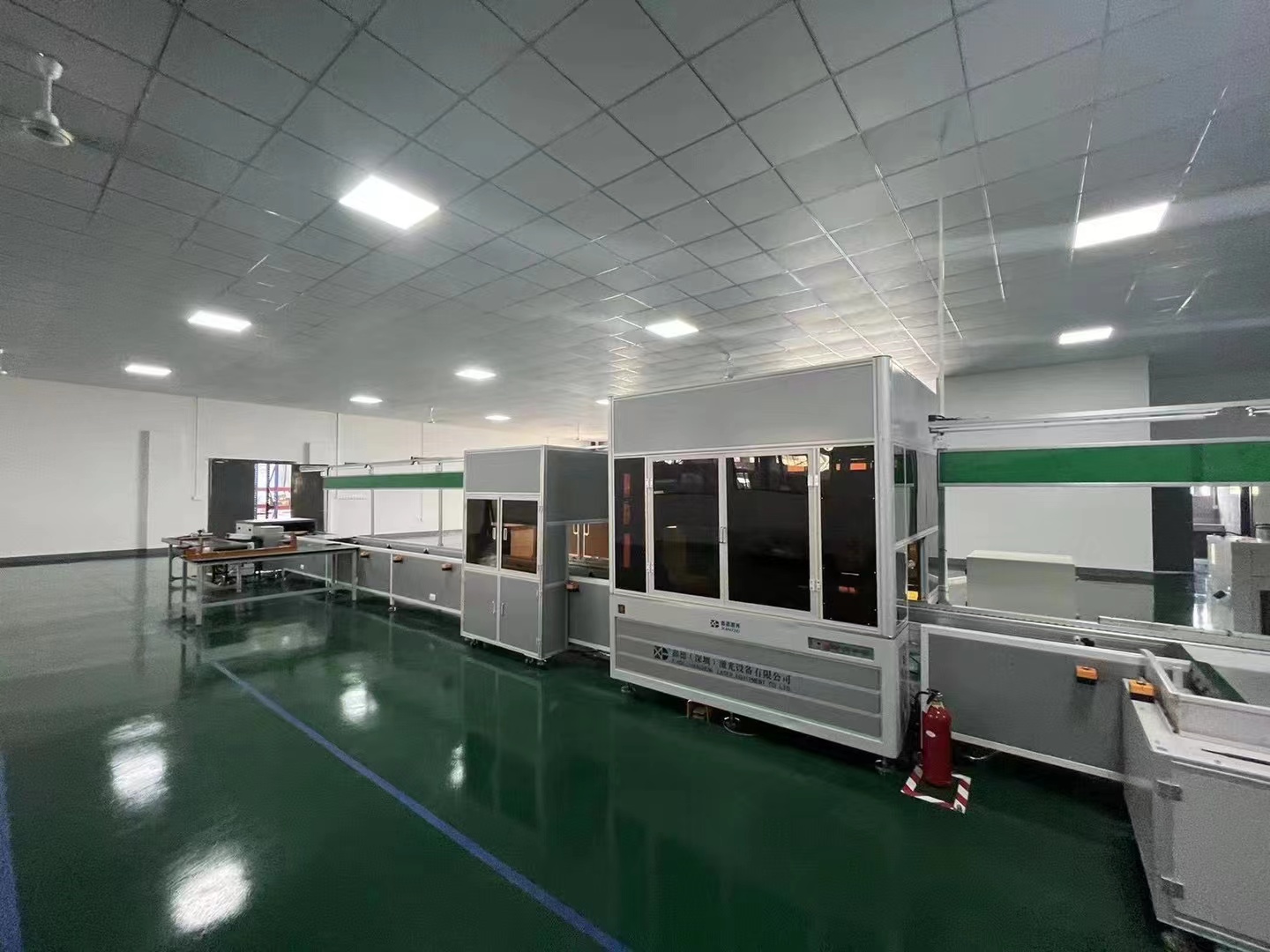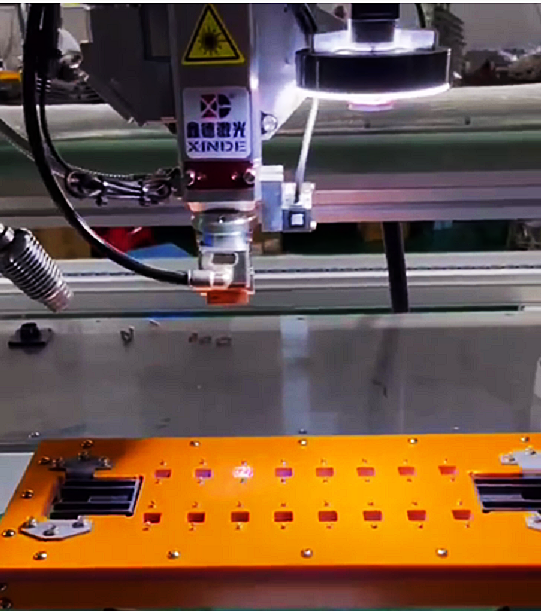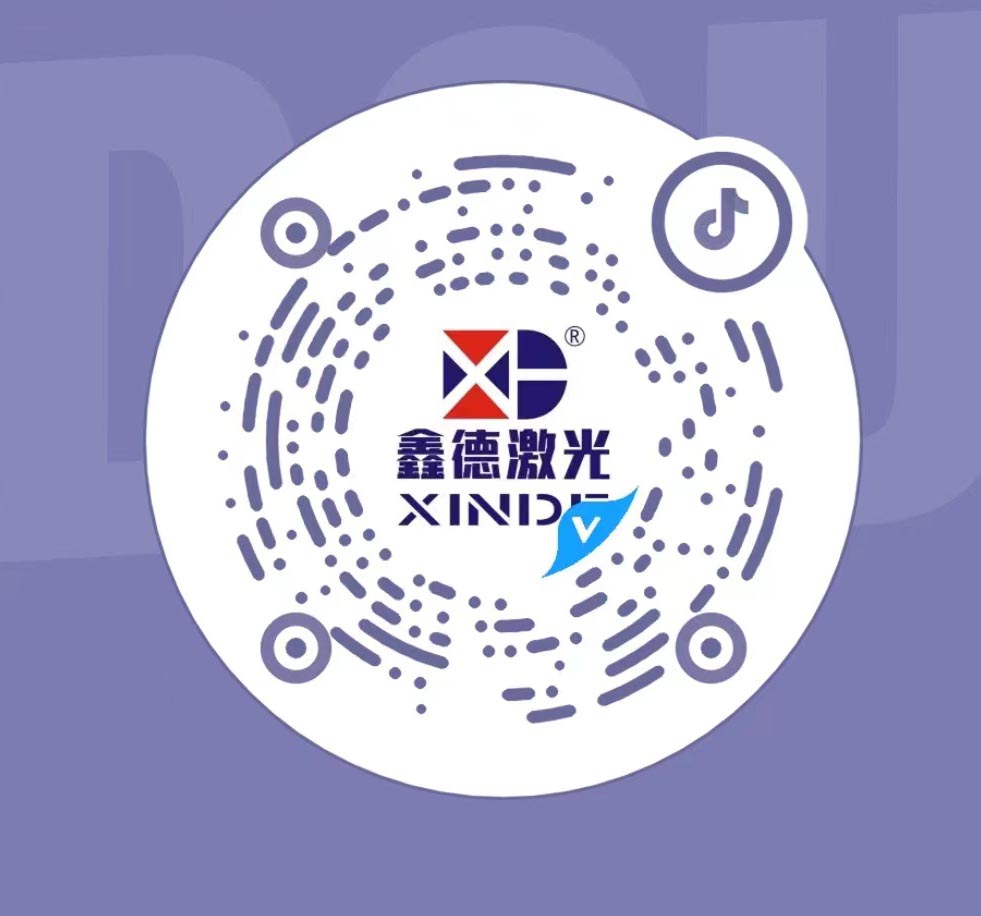New energy PACK whole line solution provider
What is a ternary lithium battery? What is its service life? What are the pros and cons?
What is a ternary lithium battery
Ternary lithium battery is a kind of lithium battery, mainly refers to the cathode material of the battery, usually the cathode material of lithium battery is lithium cobalt oxide. But also useful lithium nickel cobalt manganate cathode material lithium battery, commonly known as ternary material lithium battery, compared with lithium cobalt acid, its price is cheaper, pressure resistance is slightly higher, but the average voltage is slightly lower. The gram capacity is slightly higher, the compaction is slightly lower, the same type of battery capacity is slightly lower than lithium cobalt acid battery.
Ternary lithium-ion battery life
The service life of lithium battery is the number of uses. Example: Lithium-ion battery life is "500 cycles," which refers to one cycle of charging and discharging, not the number of charges. A charge cycle means that all the battery's power goes from full to empty, and from empty to full. Strictly speaking, this is not the same as a charge point. For example, if a lithium-ion battery uses only half its charge on the first day and then charges it to half charge for two days, that counts as one charging cycle, not two.
And "500 times", accurately speaking is the manufacturer in a constant discharge depth (such as 80%), to achieve about 625 times of recharging, to reach 500 charging cycles.
In theory, a ternary lithium-ion battery can last up to 800 cycles, which is the average life span of a commercial rechargeable lithium-ion battery.
Advantages of ternary lithium battery
Ternary lithium battery is relatively balanced in terms of capacity and safety, and has excellent overall performance. The advantages and disadvantages of these three metal elements are as follows:
Co3+ : Reduces the mixed occupation of cations, stabilizes the layered structure of the material, reduces the resistance value, improves the conductivity and improves the cycle performance and speed. Ni2+ : can add material capacity (energy density of added material volume). Due to the similar radius of Li and Ni, too much Ni can also cause Li-Ni mixed discharge due to dislocations with Li and the concentration of nickel ions in the lithium layer. The larger the lithium, the more difficult it is to deinterweave it in the layered structure, resulting in poor electrochemical performance.
Mn4+ : Not only can reduce the cost of materials, but also can improve the safety and stability of materials. However, if the content of Mn is too much, it is easy to appear spinel phase and destroy the layered structure, so the capacity and attenuation of the cycle will be reduced.
High energy density is the biggest advantage of ternary lithium battery. Voltage platform is an important indicator of battery energy density, which plays a decisive role in the basic efficiency and cost of battery.

Disadvantages of ternary lithium battery
Poor safety and short cycle life are important shortcomings of ternary lithium battery, especially its safety performance, which has become an important factor limiting its large-scale implementation and large-scale integrated application. Numerous practical tests have shown that high-capacity ternary batteries are difficult to pass safety tests such as acupuncture and overload, which is why high-capacity ternary batteries often introduce more manganese or even use manganate.
Ternary lithium battery is a kind of lithium battery, mainly refers to the cathode material of the battery, usually the cathode material of lithium battery is lithium cobalt oxide. But also useful lithium nickel cobalt manganate cathode material lithium battery, commonly known as ternary material lithium battery, compared with lithium cobalt acid, its price is cheaper, pressure resistance is slightly higher, but the average voltage is slightly lower. The gram capacity is slightly higher, the compaction is slightly lower, the same type of battery capacity is slightly lower than lithium cobalt acid battery.
Ternary lithium-ion battery life
The service life of lithium battery is the number of uses. Example: Lithium-ion battery life is "500 cycles," which refers to one cycle of charging and discharging, not the number of charges. A charge cycle means that all the battery's power goes from full to empty, and from empty to full. Strictly speaking, this is not the same as a charge point. For example, if a lithium-ion battery uses only half its charge on the first day and then charges it to half charge for two days, that counts as one charging cycle, not two.
And "500 times", accurately speaking is the manufacturer in a constant discharge depth (such as 80%), to achieve about 625 times of recharging, to reach 500 charging cycles.
In theory, a ternary lithium-ion battery can last up to 800 cycles, which is the average life span of a commercial rechargeable lithium-ion battery.
Advantages of ternary lithium battery
Ternary lithium battery is relatively balanced in terms of capacity and safety, and has excellent overall performance. The advantages and disadvantages of these three metal elements are as follows:
Co3+ : Reduces the mixed occupation of cations, stabilizes the layered structure of the material, reduces the resistance value, improves the conductivity and improves the cycle performance and speed. Ni2+ : can add material capacity (energy density of added material volume). Due to the similar radius of Li and Ni, too much Ni can also cause Li-Ni mixed discharge due to dislocations with Li and the concentration of nickel ions in the lithium layer. The larger the lithium, the more difficult it is to deinterweave it in the layered structure, resulting in poor electrochemical performance.
Mn4+ : Not only can reduce the cost of materials, but also can improve the safety and stability of materials. However, if the content of Mn is too much, it is easy to appear spinel phase and destroy the layered structure, so the capacity and attenuation of the cycle will be reduced.
High energy density is the biggest advantage of ternary lithium battery. Voltage platform is an important indicator of battery energy density, which plays a decisive role in the basic efficiency and cost of battery.

Poor safety and short cycle life are important shortcomings of ternary lithium battery, especially its safety performance, which has become an important factor limiting its large-scale implementation and large-scale integrated application. Numerous practical tests have shown that high-capacity ternary batteries are difficult to pass safety tests such as acupuncture and overload, which is why high-capacity ternary batteries often introduce more manganese or even use manganate.
Recommended reading
- 2023-06-01Square shell lithium battery module pack production line: ideal choice for achieving efficient production and high-quality products
- 2023-01-02Why is automatic laser welding machine so popular
 2022-12-29Definition and function characteristics of lithium battery automation pipeline
2022-12-29Definition and function characteristics of lithium battery automation pipeline 2022-12-27Welding manipulator will lead the future of welding automation
2022-12-27Welding manipulator will lead the future of welding automation 2022-12-24What factors are related to laser welding quality
2022-12-24What factors are related to laser welding quality

-
Inquire
- Mobile
- Mobile177-2247-7738
- Tiktok
- Video
- Top



